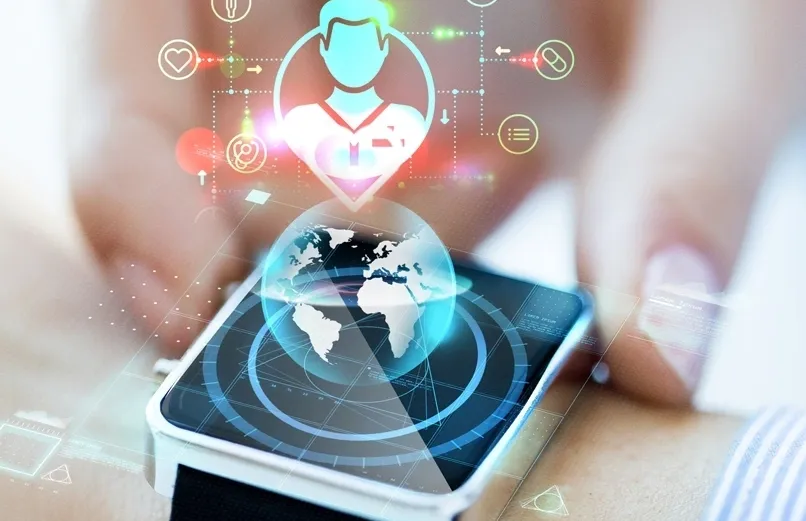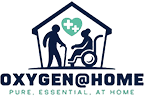Portable Medical Devices

As the time has developed, with busy lifestyles and progressive changes, seeing a doctor is always time, money and productivity, both layman and professional caregivers are making use of a wide variety of technologies to manage their own health, assist others with health care, or receive assistance with health management. The portable Medical devices/ portable monitoring devices address above issues and provide early warning systems. These portable health assistants can help patients with cardiovascular and respiratory disorders by acting as a cost-effective, time-saving, and simple-to-use interface between biomedical technology and them.
Some medical devices have been used in the home for many years; other devices are just beginning to migrate there; and emergent situations (like COVID-19) had present new opportunities for health care management in the home.
BACKGROUND
As the Title says, our first blog is about portable medical devices or in other words, the products that can used for home healthcare of patients. But first of all, lets look at the definitions, portable means ” light and small enough to be easily carried or moved“, medical devices has been defined by Federal Food Drug & Cosmetic (FD&C) Act as “instrument, apparatus, implement, machine, contrivance, implant, in vitro reagent, or other similar or related article, including a component part, or accessory which is:
- recognized in the official National Formulary, or the United States Pharmacopoeia, or any supplement to them
- Intended for use in the diagnosis of disease or other conditions, or in the cure, mitigation, treatment, or prevention of disease, in man or other animals, or
- Intended to affect the structure or any function of the body of man or other animals, and
which does not achieve its primary intended purposes through chemical action within or on the body of man or other animals and which is not dependent upon being metabolized for the achievement of its primary intended purposes.”
So, the portable medical devices are the machines that are easily moved and helped in monitoring diseases at early stage or serve an early warning to user for doctor visit.
TYPE OF HOME HEALTH CARE DEVICES
- BP Machine: Blood Pressure (BP) Checker/Machine/Monitor is a diagnostic tool to check the blood pressure levels in the body. Generally mostly digital bp machine also monitors heartbeat with easy one touch operation, The machine detects accurate and reliable blood pressure measurement. If the systolic or diastolic pressure is outside the standard range, the heartbeat symbol blink on the Blood pressure measuring device when the measurement result is displayed.
- Oxygen Concentrator: In simple words, An oxygen concentrator takes in air and removes nitrogen from it and then provide oxygen via gas stream to the patient. These are used industrially also. An oxygen concentrator is a device that concentrates the oxygen from a gas supply (typically ambient air) by selectively removing nitrogen to supply an oxygen-enriched product gas stream.
- CPAP Machine: CPAP machines are mostly used for for patients who have obstructive sleep apnea and it ensures that the airway doesn’t collapse when the person breathe while asleep as it sends a steady flow of oxygen into your nose and mouth as you sleep. This keeps your airways open and helps you breathe normally
- BIPAP Machine: BIPAP, the abbreviation for Bilevel Positive Airway Pressure, is very similar in function and design to a CPAP machine. A BiPAP machine is a non-invasive form of therapy for patients suffering from sleep apnea. BIPAP machines have two pressure settings: the prescribed pressure for inhalation, and a lower pressure for exhalation.
- Nebulizer: Nebulizers are devices used to make a mist of medicine into the air for inhalation. It is usually used for patients suffering from asthma as it monitors the medication directly and quickly to the lungs of a person. Usually, it is recommended when a person finds difficulty while using an inhaler or in a condition where the person needs to inhale large dose of medicines directly into the lungs.
- Pulse oximeter: It measures oxygen levels of blood of patients. These are small devices and the saturation level is measured via flingers usually. It monitor the health of people with conditions that affect blood oxygen levels.
- Ventilator: This machine helps in respiratory issue where a person is unable to breathe. it blows oxygen in the lungs and extract carbon di oxide from the lungs. It is used while surgeries which helps patients relax or used in other lung diseases.
- Suction Machine: A suction machine is a type of medical device that is primarily used for removing obstructions from a person’s airway. Dyeing surgeries, when secretions create blockage, suction machines help the patients breathe by maintaining a clear airway.
- DVT Pump: A Deep Vein Thrombosis (DVT) Pump help blood flow through arteries by giving proper compression. The cuffs are being used with this device to deliver proper compression to patient.
- Air Bed: Where due to medical procedures, patients are required to confined to bed for more than 12 hours, there are chances that the patient develop bedsores, a hospital air bed helps to prevent ulcers. The Air bed uses alternating pressure and low air loss therapy to stimulate the circulation in the patient’s body.
THE BOTTOM LINE
Portable Medical devices play a vital role in monitoring and managing healthcare and have changed the lifestyle of people in such way that the people monitor and determine their own health and wellbeing. These devices not just only help in continuous tracking of health parameters but they also update on real-time basis as when one need to get help from a medical practitioner.
